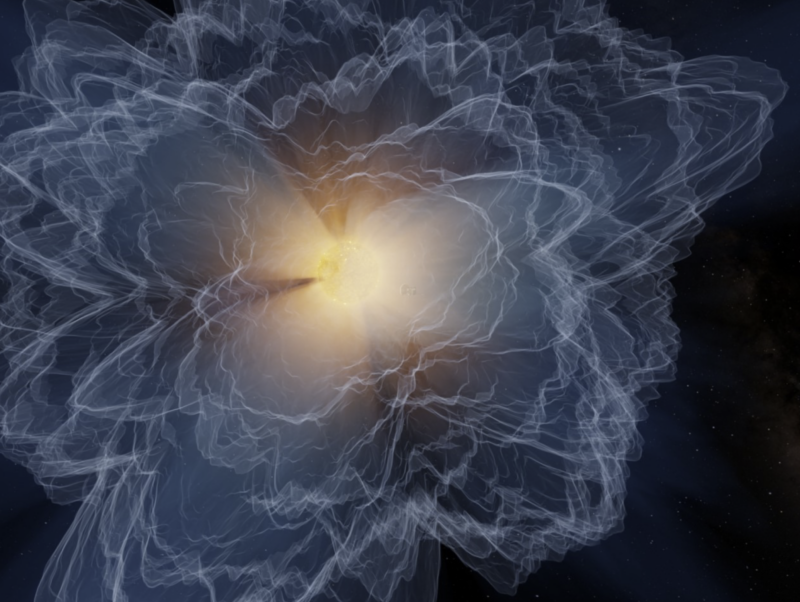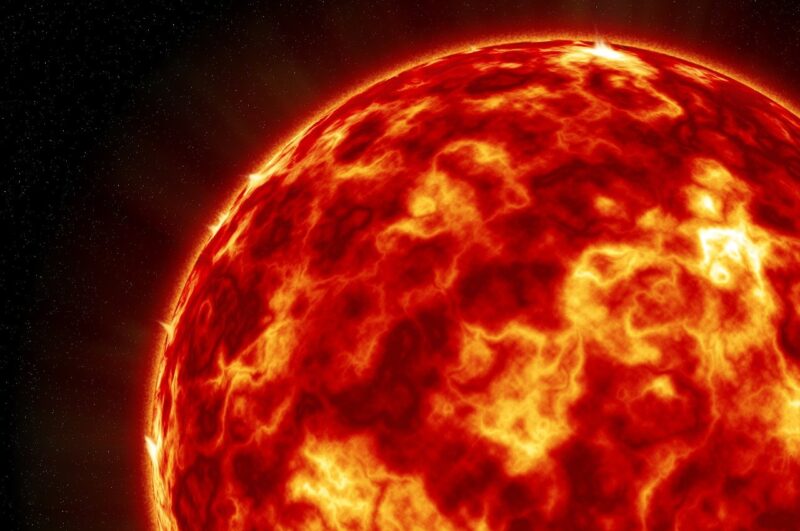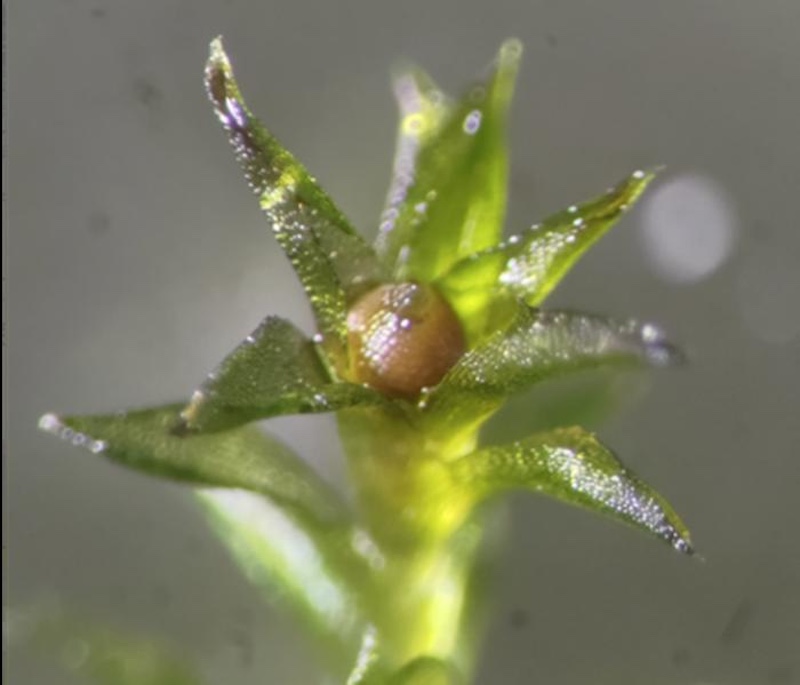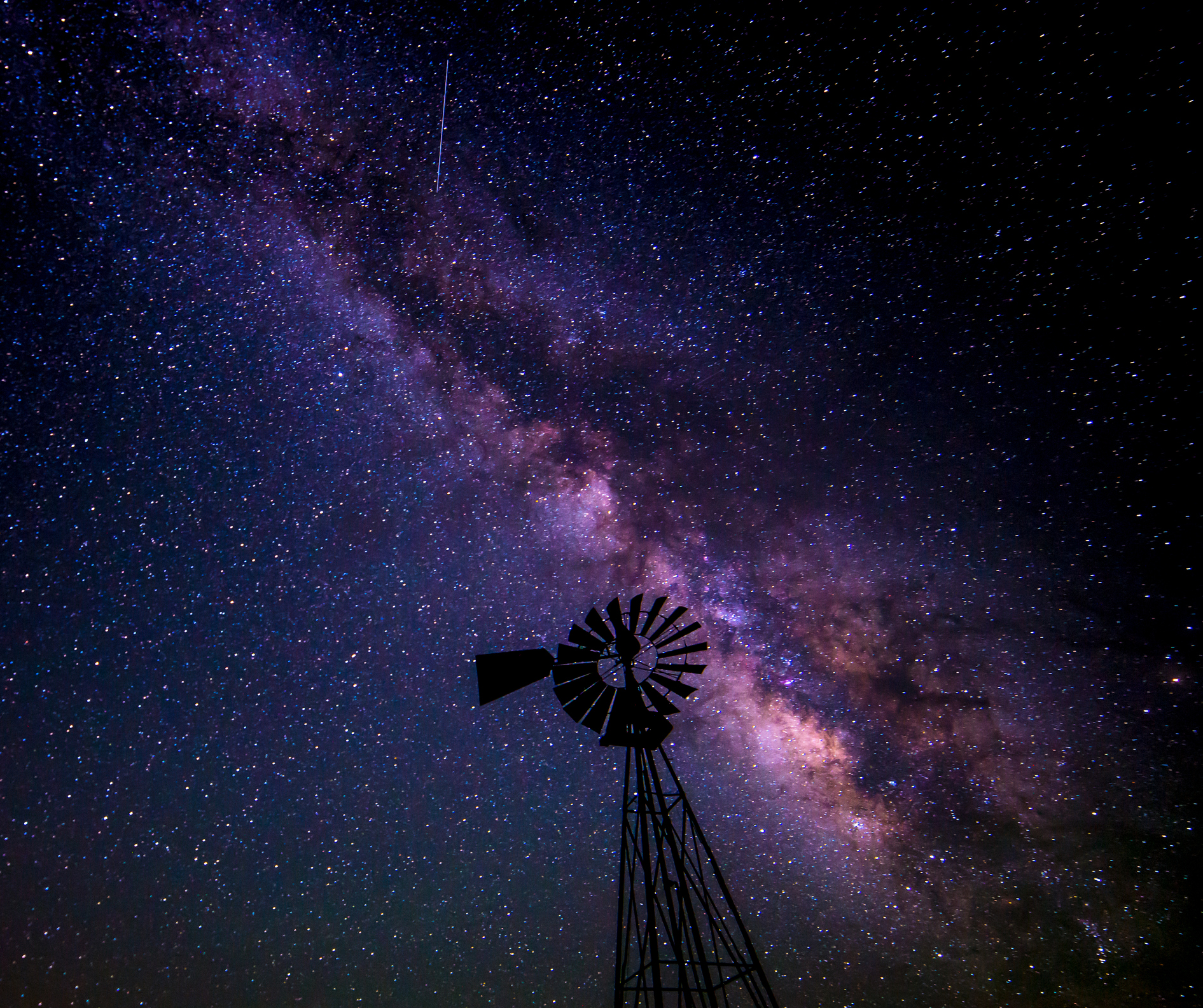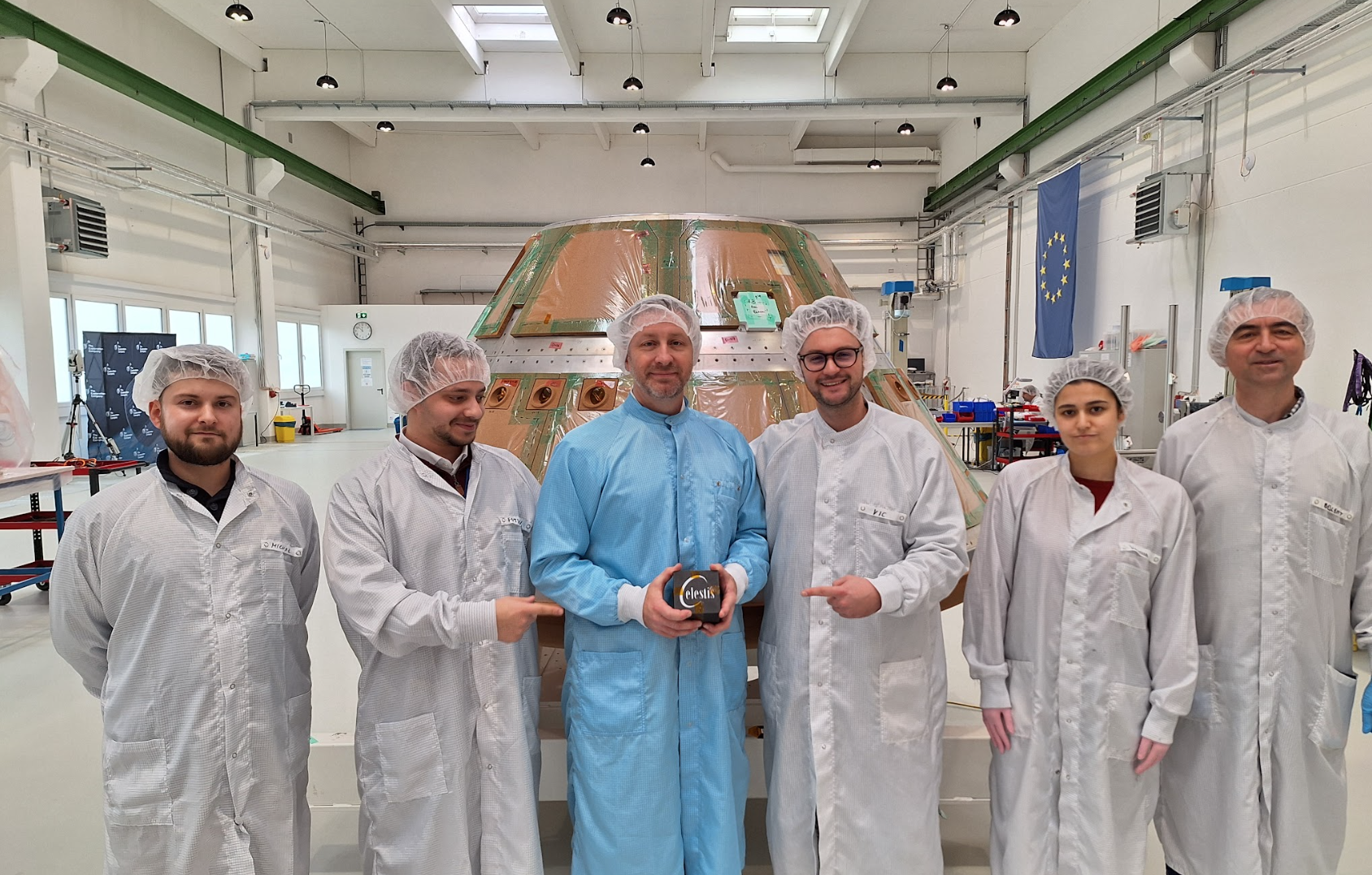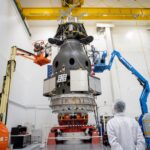Now Reading: New study reveals hidden Mars volcano near NASA Rover
-
01
New study reveals hidden Mars volcano near NASA Rover
New study reveals hidden Mars volcano near NASA Rover


- Jezero Mons is a mountain sitting on the edge of Jezero crater on Mars. NASA’s Perseverance rover landed in Jezero crater in 2021.
- The mountain might actually be a volcano “hiding in plain sight,” according to some scientists. Is it? A new study using data from both orbiters and Perseverance said yes.
- The findings explain the unexpected volcanic rocks Perseverance found. The volcano would have provided subsurface heat, which, along with the former lake in the crater, could have provided a habitable environment for microbes.
Mars volcano hiding in plain sight?
Mars is well-known for its many giant volcanoes. And on June 5, 2025, scientists at Georgia Institute of Technology in Atlanta and Brown University in Rhode Island said they found another one that had been “hiding in plain sight.” The volcano is right on the rim of Jezero crater, where NASA’s Perseverance rover is busy exploring. Scientists had seen the volcano before, of course – it’s nearly half the size of the crater itself – but it just looked like a regular mountain, called Jezero Mons. The new study, however, showed it’s likely an ancient volcano.
Jezero crater is about 28 miles (45 km) across, and the volcano is roughly 13 miles (21 km) wide. Perseverance has been exploring the crater since landing on February 18, 2021, looking for evidence of possible ancient microbial life. The crater itself was once a lake billions of years ago, offering a potentially habitable environment for microorganisms.
The researchers published their peer-reviewed findings in Communications Earth & Environment on May 3, 2025.
It looked like a volcano … but was it?
James Wray at Georgia Tech first saw the mountain in orbital images of Jezero crater back in 2007. He thought that it did look like a volcano, but it couldn’t be proven at the time. He said:
I was looking at low-resolution photos of the area and noticed a mountain on the crater’s rim. To me, it looked like a volcano, but it was difficult to get additional images.
Volcanism on Mars is intriguing for a number of reasons, from the implications it has on habitability, to better constraining the geologic history. Jezero crater is one of the best studied sites on Mars. If we are just now identifying a volcano here, imagine how many more could be on Mars. Volcanoes may be even more widespread across Mars than we thought.
Georgia Tech scientists have uncovered evidence that a mountain on the rim of Mar's Jezero Crater is likely a volcano. b.gatech.edu/3FBDmvR
— Georgia Tech Research (@gtresearchnews.bsky.social) 2025-06-06T18:52:50.952Z
Volcanic rocks in Jezero crater
If Jezero Mons is actually a volcano, that could explain something that puzzled scientists after Perseverance first landed. Scientists expected the floor of the crater would be covered in sedimentary rocks, because all the evidence pointed to the crater once being a lake. Instead, however, the first rocks the rover looked at were volcanic. Perseverance did indeed find sedimentary rocks later on in its travels. But why were these volcanic rocks even there? Wray thought at the time that perhaps Jezero Mons really was a volcano. But how to prove it?


Old and new data reveal hidden Mars volcano
Wray wasn’t the only one to suspect there was a volcano on the rim of Jezero crater. Briony Horgan, professor of planetary science at Purdue University in Indiana, had thought so as well. Lead author Sara Cuevas-Quiñones, formerly at Georgia Tech and now at Brown University, began working with Wray at the Undergraduates (REU) program at the School of Earth and Atmospheric Sciences at Georgia Tech. She said:
I began wondering if there was a way to home in on these suspicions.
Then co-author Frances Rivera-Hernández at Georgia Tech became involved. To try to determine if Jezero Mons really was a volcano, they combined data from multiple orbiting spacecraft as well as Perseverance. Wray explained:
We can’t visit Mars and definitively prove that Jezero Mons is a volcano, but we can show that it shares the same properties with existing volcanoes, both here on Earth and Mars. We used data from the Mars Odyssey Orbiter, Mars Reconnaissance Orbiter, ExoMars Trace Gas Orbiter and Perseverance Rover, all in combination to puzzle this out. I think this shows that these older spacecraft can be extremely valuable long after their initial missions end. These old spacecraft can still make important discoveries and help us answer tricky questions.

Implications for possible past life
Jezero crater as a former lake is interesting on its own. But a volcano right next to it could have provided essential hydrothermal heat for a habitable environment. As Wray noted:
The coalescence of these two types of systems makes Jezero more interesting than ever. We have samples of incredible sedimentary rocks that could be from a habitable region alongside igneous rocks with important scientific value.
Mars is the best place we have to look in our solar system for signs of life, and thanks to the Perseverance Rover collecting samples in Jezero, the United States has samples from the best rocks in the best place on Mars. If these samples are returned to Earth, we can do incredible, groundbreaking science with them.
Last year, scientists discovered another huge volcano on Mars “hiding in plain sight,” just south of the planet’s equator in eastern Noctis Labyrinthus. It’s just west of Valles Marineris, the planet’s famous canyon system. It’s close to three other well-known giant volcanoes: Ascraeus Mons, Pavonis Mons and Arsia Mons.
The other newly found volcano is much larger than Jezero Mons. It reaches 29,600 feet (9,022 meters) in elevation and spans 280 miles (450 km) in width.
Bottom line: Scientists have found a hidden Mars volcano close to NASA’s Perseverance rover. Jezero Mons, about 13 miles (21 km) across, sits on the edge of Jezero crater.
Source: Evidence for a composite volcano on the rim of Jezero crater on Mars
Via Georgia Institute of Technology
Read more: Ancient volcanoes on Mars were diverse
Read more: Was Mars’ Olympus Mons volcano once an island?
The post New study reveals hidden Mars volcano near NASA Rover first appeared on EarthSky.
Stay Informed With the Latest & Most Important News
Previous Post
Next Post
-
 012024 in Review: Highlights from NASA in Silicon Valley
012024 in Review: Highlights from NASA in Silicon Valley -
 02Panasonic Leica Summilux DG 15mm f/1.7 ASPH review
02Panasonic Leica Summilux DG 15mm f/1.7 ASPH review -
 03From Polymerization-Enabled Folding and Assembly to Chemical Evolution: Key Processes for Emergence of Functional Polymers in the Origin of Life
03From Polymerization-Enabled Folding and Assembly to Chemical Evolution: Key Processes for Emergence of Functional Polymers in the Origin of Life -
 04How New NASA, India Earth Satellite NISAR Will See Earth
04How New NASA, India Earth Satellite NISAR Will See Earth -
 05And Thus Begins A New Year For Life On Earth
05And Thus Begins A New Year For Life On Earth -
 06Astronomy Activation Ambassadors: A New Era
06Astronomy Activation Ambassadors: A New Era -
07SpaceX launch surge helps set new global launch record in 2024












